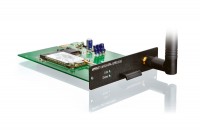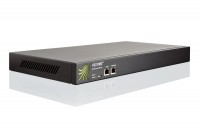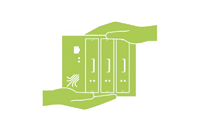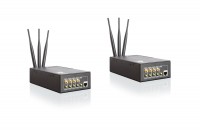Unbelievable, what bonding DSL, UMTS and LTE makes possible
Building-Sites Online From Day One
Nowadays, fast and reliable Internet access for construction sites may be a decisive factor for the success of the project just as much as the energy supply is. Providing construction sites with DSL is hardly ever possible, as it is either not available at all, proves to be uneconomical for the investor, or because laying wires takes too long. Especially during larger projects it is of utmost importance to have direct access to the architect’s plans at any time, to information relating to the technical building equipment, or to safety features. General contractor Köster GmbH from Osnabrück, Northern Germany, put special emphasis on the project and local site management to have access to the IT tools developed by the company itself over the past few years which are used to reliably steer process control. That’s why Köster GmbH chose a Viprinet solution.
Connecting a North Sea island
The island of Wangerooge in the German North Sea is not only a good place for travelers or sea birds. Here, the Institute of Oceanography of the University of Hamburg operates a measuring station for the WERA-system to monitor surface current velocities, ocean wave height and wind with the help of HF radar waves at different places at the North Sea. As the station was installed in 2009, the carrier attached great importance to a reliable data transfer. Moreover, the new technology should provide steady remote access for maintenance operations. Thus, a Viprinet solution was chosen.
Online worldwide
As a world-class spice manufacturer, the Moguntia Food Group dares the difficult balancing act between tradition and modernity. Corporate ethics and quality standards are time-honored, while recipes and production technology are state-of-the-art. In order to remain competitive at all times, the Moguntia Food Group invested in its corporate network at an early stage in order to be able to connect all locations via terminal servers. This also enables central production control, which in turn requires a highly secure, round-the-clock Internet connection. For this purpose, the Moguntia Food Group turned to Viprinet.






















